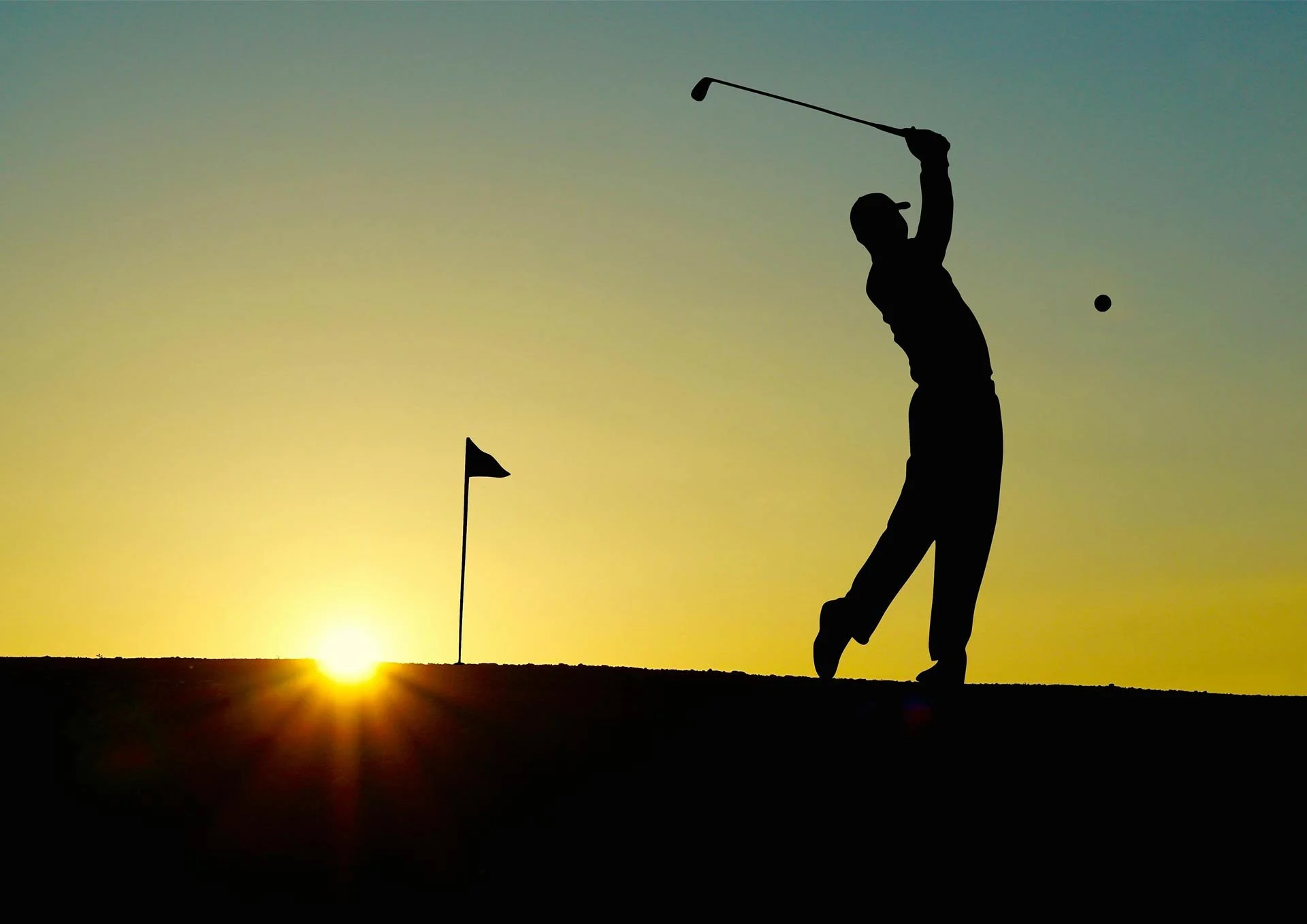Soft Tissue Issue of Golf
“GOLF is Easy… well, at least it is easy on your body…” ~ Satire
Golf, is often seen as a low-impact sport. But in reality, it involves repetitive motions and significant rotational forces that can lead to various soft tissue issues and injuries. When you break it down, the golf swing is a full body head-to-toe movement that should be looked at strategically to help avoid injury and add years to your game.
It is also important to remember that a majority of these issues and injuries occur over time and golfers will play with or play through some of these existing conditions. Possibly making them worse.
Some will be in the moment, acute injuries that happen while on course but even when an acute flare up occurs it’s probably a chronic issue that’s been re-aggravated, with the exception of a few of these listed below.
Prevent Injuries:
It is important for golfers to warm up properly, maintain good flexibility and strength, use proper swing mechanics, and listen to their bodies to prevent or manage these common soft tissue issues.
Here's a list of common issues golfers may face at some point…
Upper Body & Core:
Golfer's Elbow (Medial Epicondylitis): Pain and inflammation on the inner (pinky finger) side of the elbow where forearm tendons attach. This is often caused by overuse of forearm muscles, gripping too tightly, or improper swing mechanics.
Tennis Elbow (Lateral Epicondylitis): While named for tennis, this can also affect golfers, causing pain and inflammation on the outer (thumb) side of the elbow.
Wrist Tendonitis/Tendinopathy: Inflammation or structural changes in the wrist tendons due to repetitive stress, often from the force transferred through the club or hitting the ground.
Wrist Sprains: Overstretching or tearing of ligaments in the wrist, often from hitting roots, rocks, or "fat shots" (hitting the ground before the ball).
Hand and Finger Injuries:
Hook of the Hamate Fracture: A fracture of a small bone in the wrist, vulnerable to injury from the club on a hard hit.
Carpal Tunnel Syndrome: Compression of a nerve in the wrist, sometimes aggravated by repetitive gripping. Often times caused by a long list of things, golf just being a contributing factor.
Finger Tendonitis/Sprains: Inflammation or injury to tendons and ligaments in the fingers from gripping or impact.
Rotator Cuff Tendonitis/Tears: Inflammation or tears in the group of muscles and tendons that stabilize the shoulder joint, often due to the repetitive overhead motion of the golf swing and poor posture.
Shoulder Impingement Syndrome: Pain from tendons being pinched between bones in the shoulder. Can either be a boney impingement or inflammatory impingement. Both causing decreased space under the AC joint.
Back Strains/Sprains: Muscle strains or ligament sprains in the lower and upper back, the most common golf injury due to the significant rotational stress on the spine during the swing. The most common complaint is low back pain on the dominant side. Righty = right low back pain. Lefty = left low back pain.
Neck & Spine:
Herniated Discs: Tearing or bulging of the discs between vertebrae in the spine, particularly in the lower back, often from twisting or bending movements.
Neck Injuries: Strains or stiffness in the neck, which can occur from twisting during the swing or maintaining poor posture.
Lower Body:
Hip Strains/Bursitis/Labral Tears: Injuries to the muscles, bursae (fluid-filled sacs), or the cartilage (labrum) in the hip joint, caused by the significant rotation and movement required in the golf swing.
Knee Tendonitis: Inflammation of tendons around the knee. Often on the front leg of the golf stance, typically caused by lack of balance during the swing.
Meniscus Tears: Tears in the cartilage that acts as a shock absorber in the knee, often due to the rotational stress on the knee during the swing or from squatting down.
Knee Ligament Sprains (e.g., MCL, LCL): Sprains of the ligaments in the knee, which can occur from slipping on uneven terrain or awkward movements.
Ankle Sprains: Overstretching or tearing of ligaments in the ankle, particularly in the trailing foot during the swing, or from walking on uneven surfaces.
Achilles Tendonitis/Tendinosis: Inflammation or degeneration of the Achilles tendon at the back of the ankle, important for push-off during the swing.
General Soft Tissue Issues:
Muscle Imbalances: Overdevelopment or tightness in certain muscle groups, leading to strain on others.
Overuse Injuries: Many of these conditions fall under the umbrella of overuse, where repetitive stress without adequate recovery leads to tissue damage.
Inflammation: A common underlying factor in many of these injuries, where tissues become inflamed due to irritation or damage.



